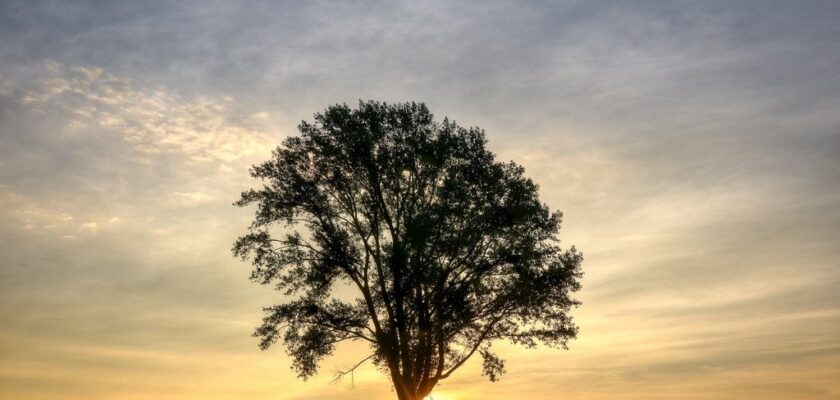Hokkaido Island
Opened to full-scale settlement only after the Meiji Restoration of 1868. Hokkaido Island is Japan’s “far North”. It is home to those few Japanese who prefer the uncrowded cities, unspoiled nature, and simpler life in a climate and landscape comparable to Scandinavia: snow-capped mountain tops, pine forests, and subarctic temperatures. The island’s main city, Sapporo, was a natural choice to host Japan’s first Winter Olympics in 1972. Nevertheless, during the summer months, Hokkaido’s mountains and lakes are warm enough for hiking and recreation. In the late 19th century, homeless samurai moved here with their families to start new lives. American consultants helped establish agriculture and coal mining on the island. Sapporo also owes its rectangular layout to the Americans.
.
In 2008, after years of neglect and discrimination, the government finally recognized the tiny but historically significant Ainu community as a distinctive population group – a great advance in a country that has always defended its ethnic homogeneity. Hokkaido now has several interesting museums dedicated to the Ainu, and the village of Shiraoi preserves the traditional crafts and cultural monuments of the small nation.
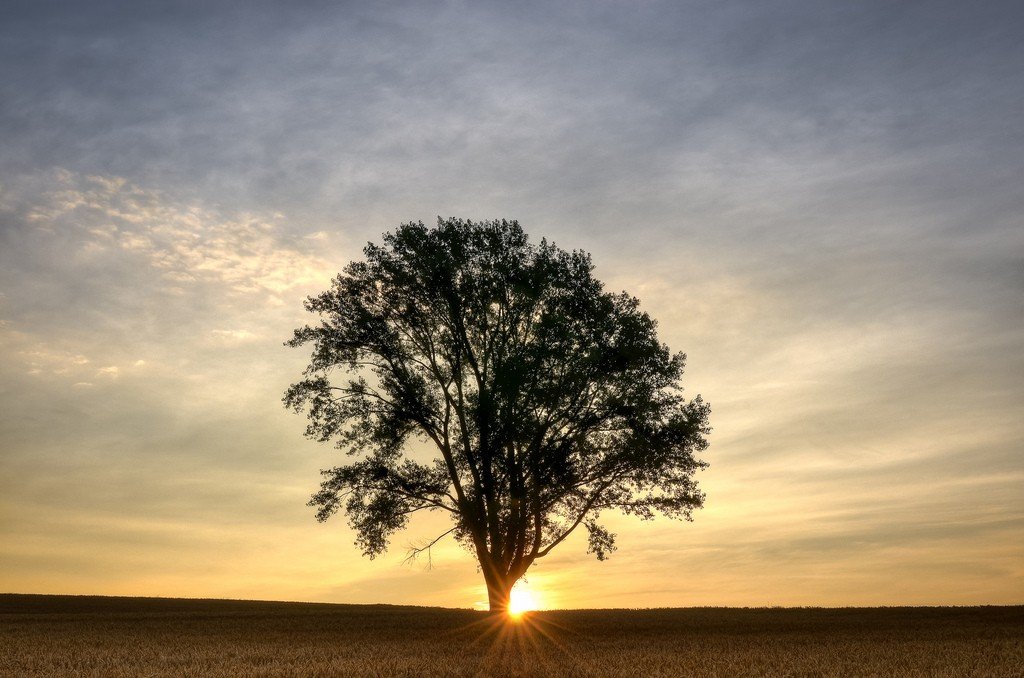
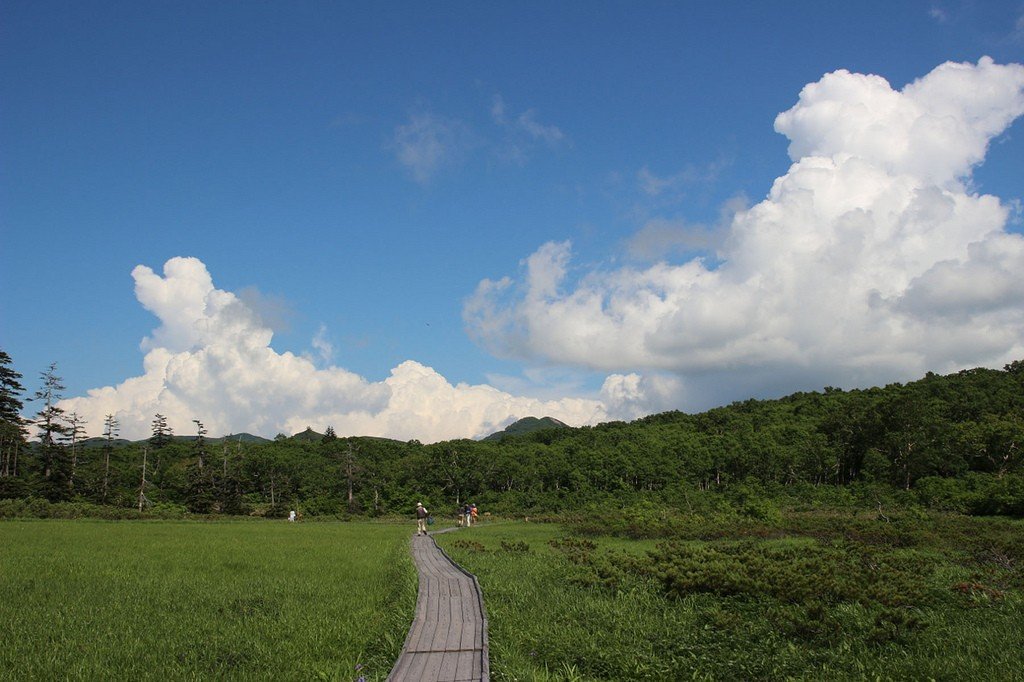
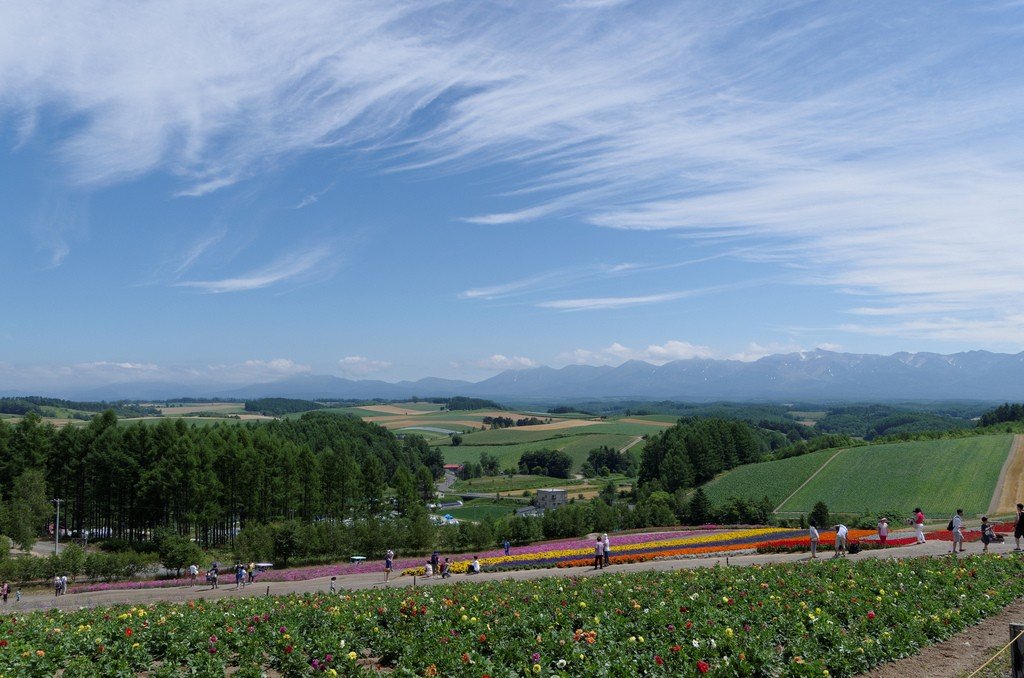
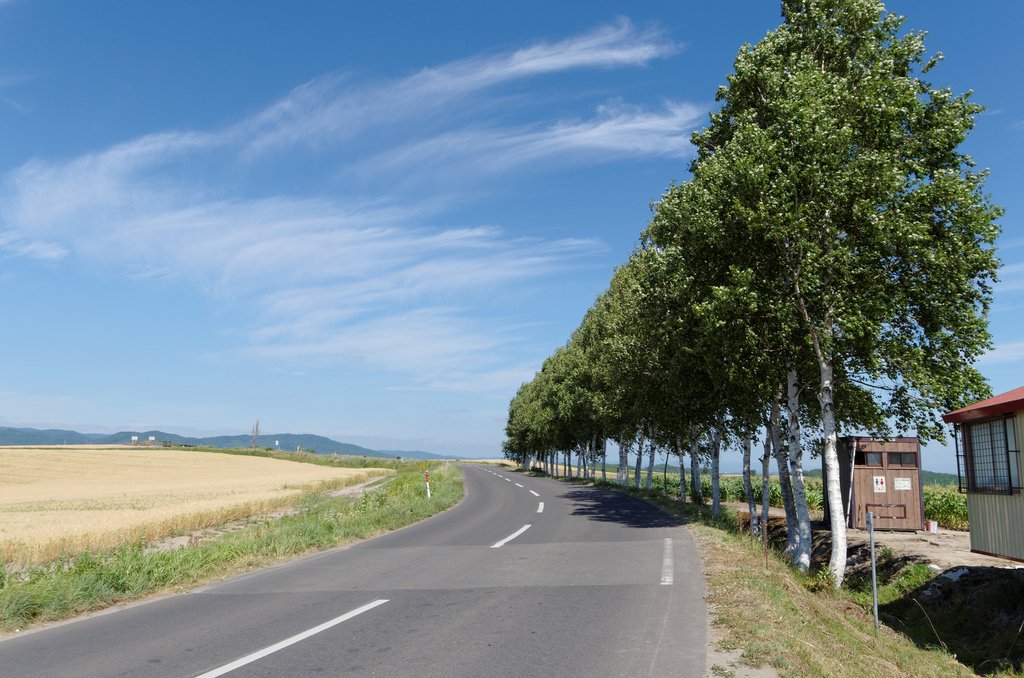
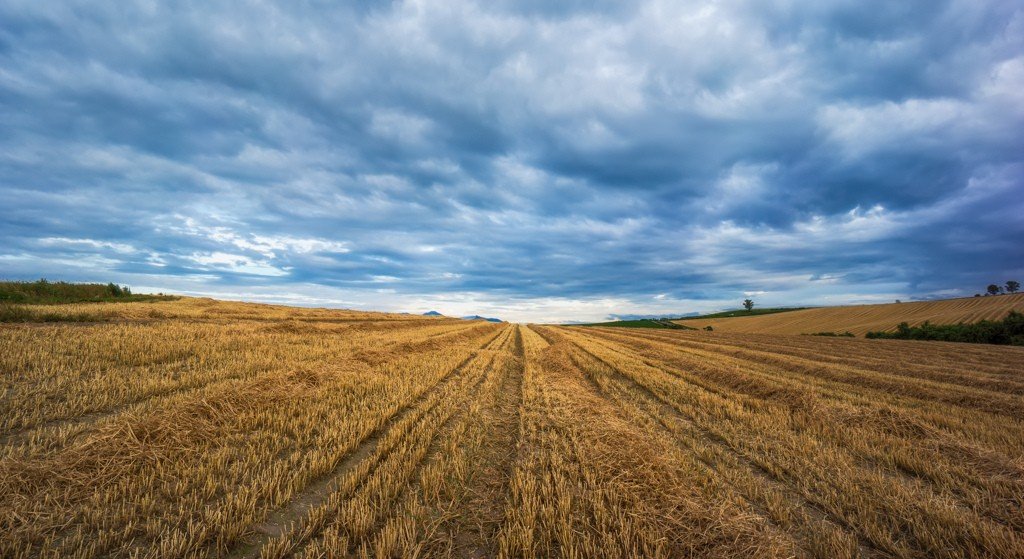
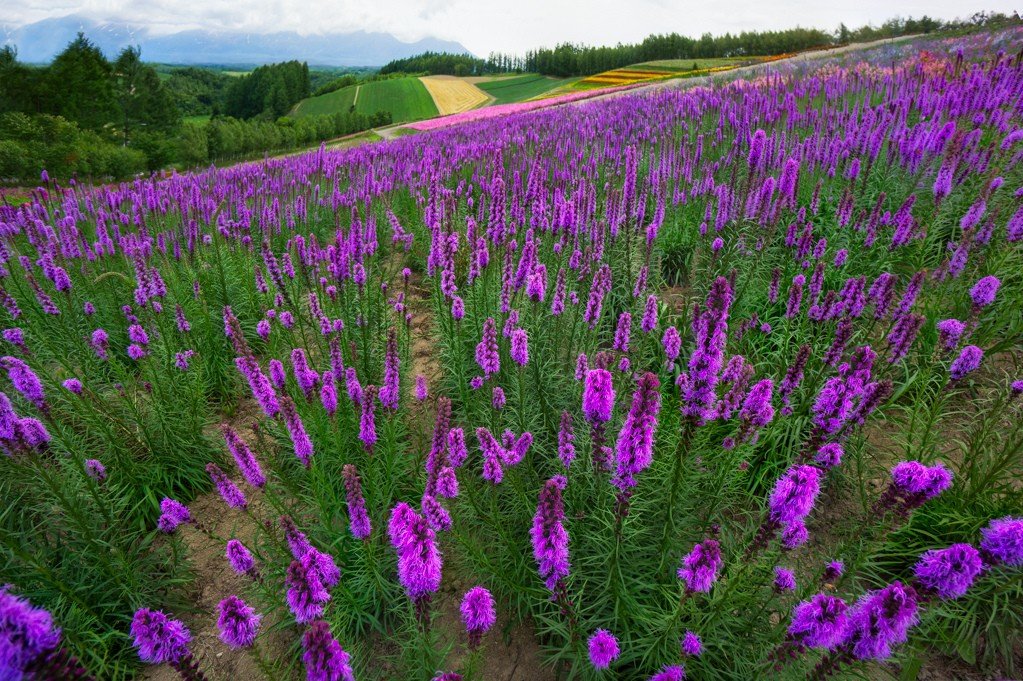
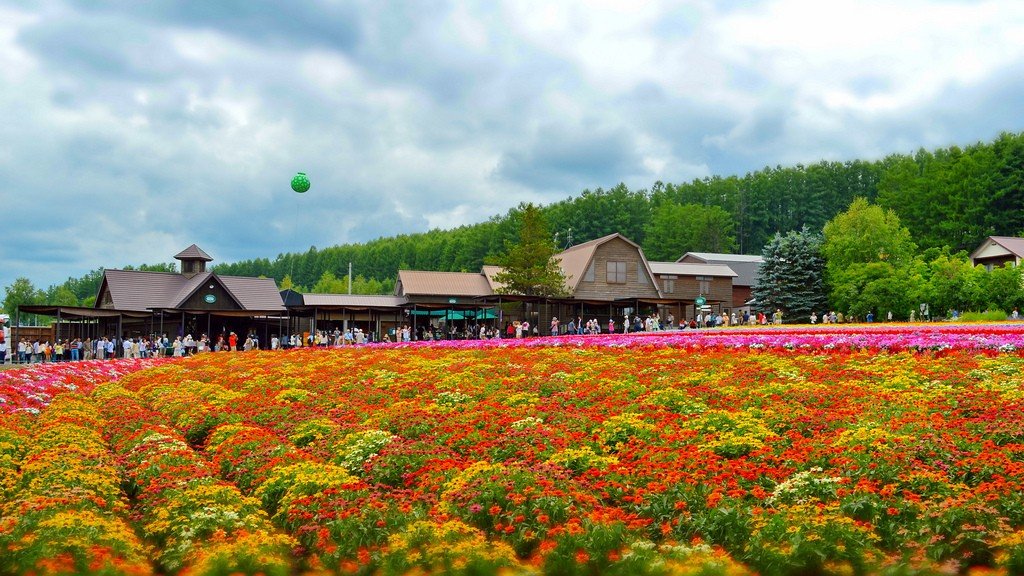
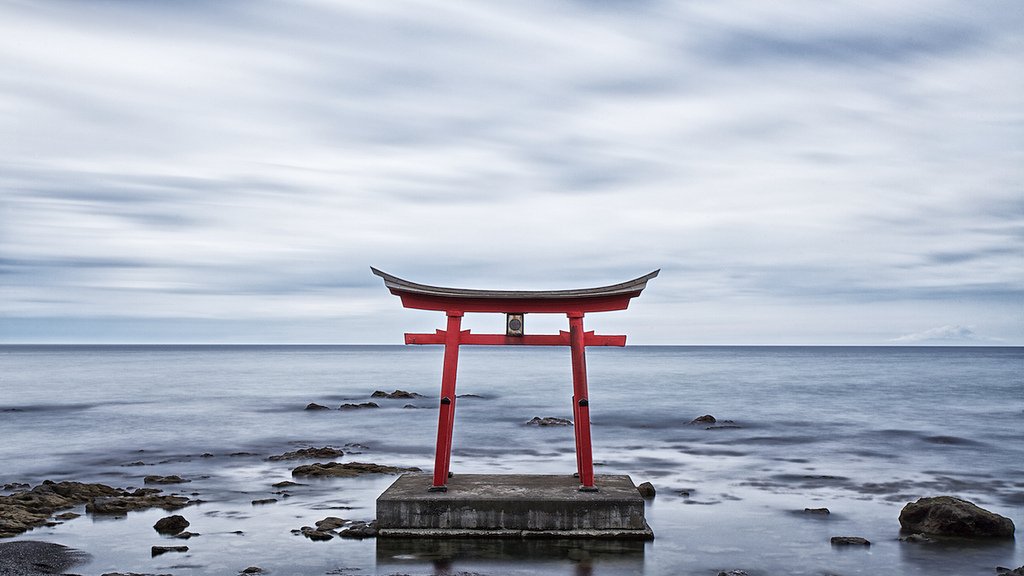
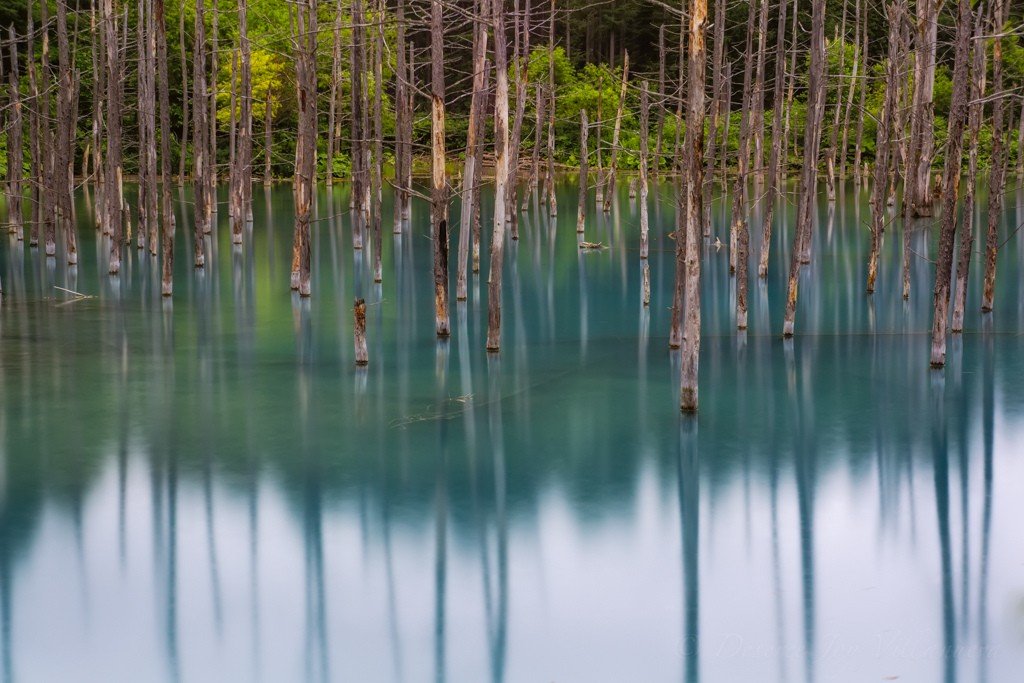
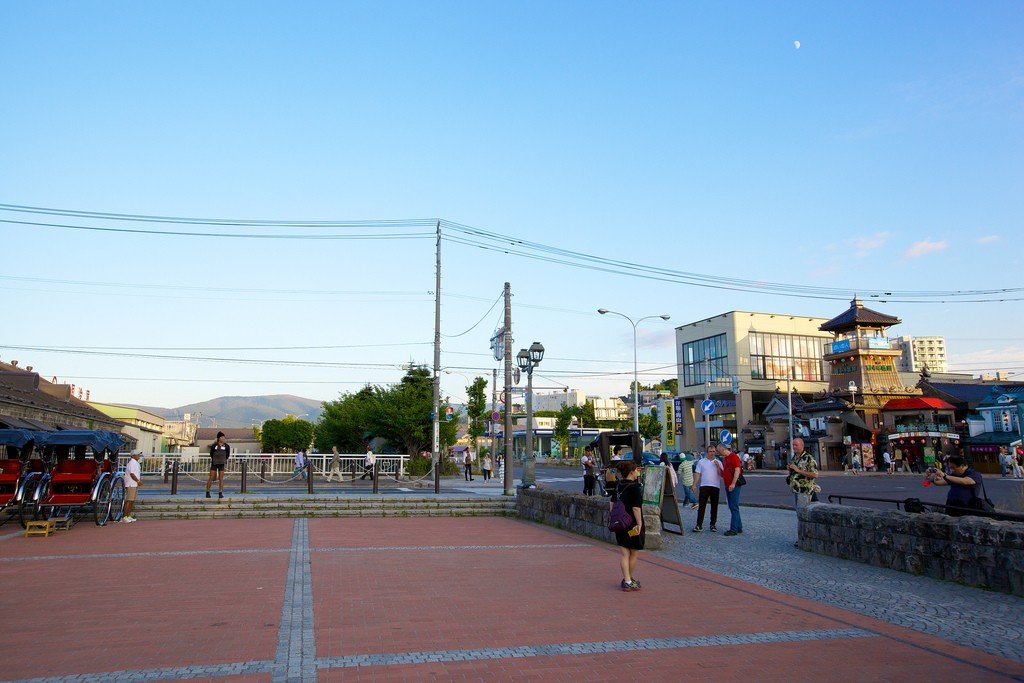
Sapporo
Sapporo’s Odori Promenade, one of Japan’s most attractive post-war urban innovations, stretches east-west for a full mile; it is a straight and wide green boulevard with flowerbeds, lilacs, maples and fountains along the centerline. During the first week of February, the world-famous Sapporo Snow Festival is held here. The snow and ice sculptures performed by corporate, professional and amateur teams are very elaborate and often very large.
.
Sapporo is famous throughout Japan for its beer. Its production was established in the 1970s by a German brewer who appreciated the advantages of the surrounding area for growing hops. A beer garden in the northeastern part of the downtown area is a great place to taste his specialty brew.
.
A brief tour of the island
Lake Shikotsu, occupying a volcanic crater 26 km west of Chitose Airport, is one of southern Hokkaido’s most scenic hiking and camping destinations. There is excellent salmon fishing here every year starting in May. Little of the Ainu culture remains in Hokkaido, but near the resort town of Noboribetsu there is Shiraoi, a recreated Ainu village where members of this people demonstrate their mastery of the nation’s art and craft forms. The magnificent Ainu Museum, opened with the assistance of European and American anthropologists, offers visitors a colorful display of the history of the indigenous inhabitants of the Japanese islands.
.
Hokkaido has many national parks. The protected Shiretoko National Park in the far northeast is a UNESCO World Heritage Site and is attractive for its black cliffs, pristine forests and abundant wildlife.
